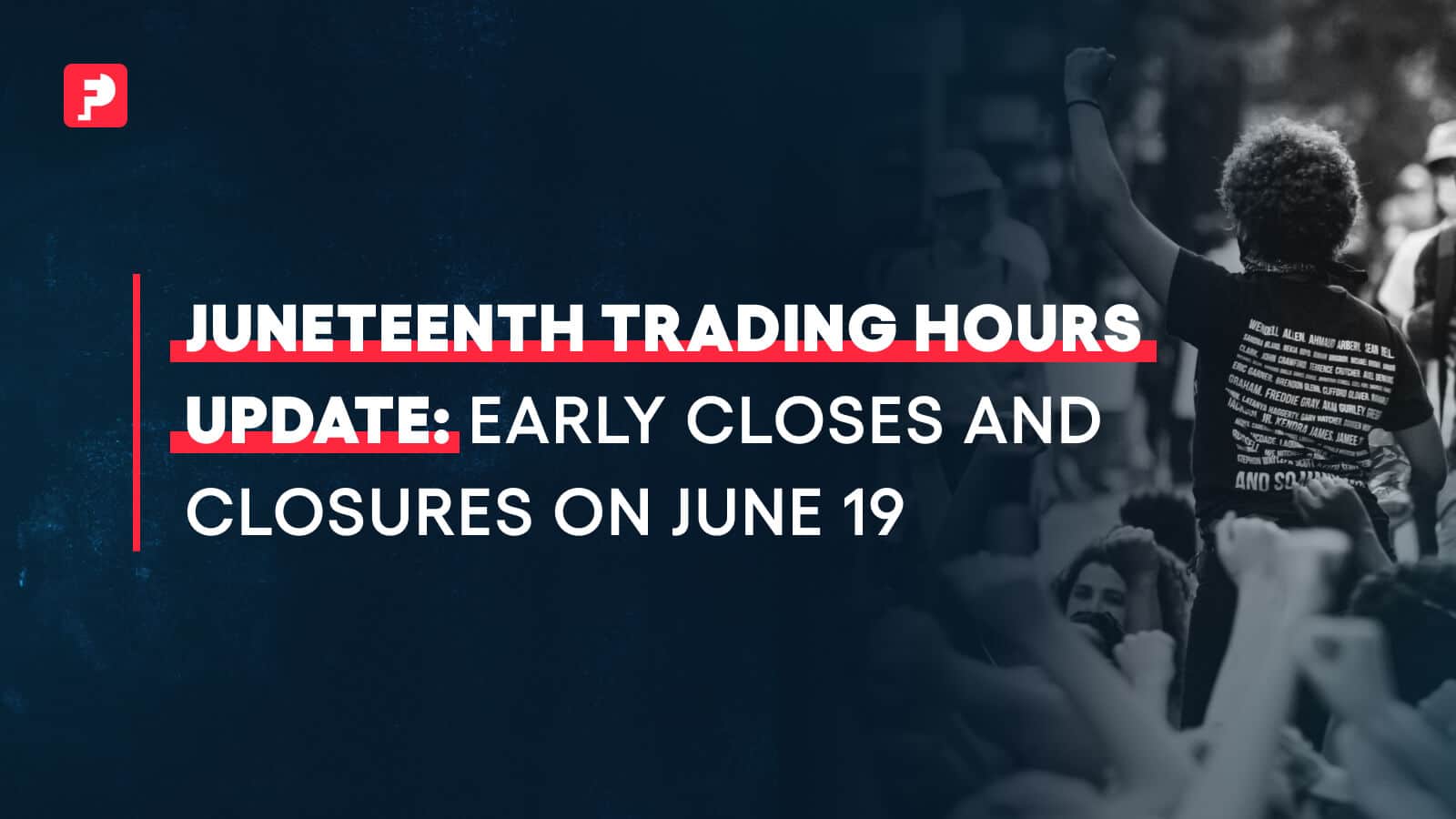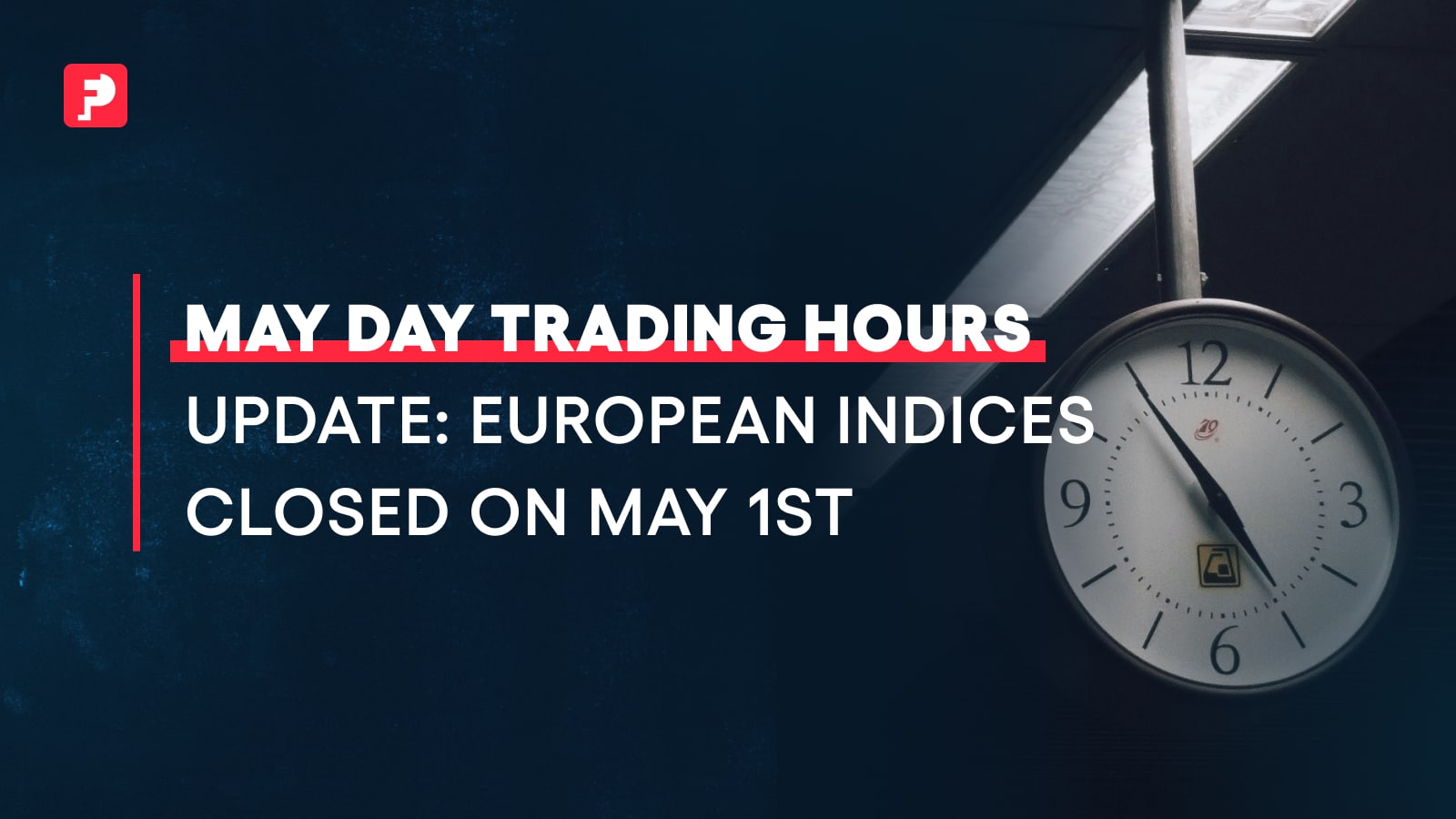
Bitcoin Rockets to $48K as SEC Greenlights Highly Anticipated ETFs
Key Takeaways
- The SEC approved almost a dozen spot Bitcoin ETFs on Wednesday
- CPI results for December came in hotter-than-expected
Fund Frenzy
Bitcoin prices shot past $48,000 on Thursday, before stabilizing around $45,000 as of Friday morning. The price rise of the digital asset can be attributed to frenzied investors looking to make some profits on the back of exchange-traded funds for the crypto from the Securities and Exchange Commission.
In a historic moment for the world of cryptocurrency, the SEC gave the nod to 11 different spot Bitcoin ETFs, fronted by investment giants such as Grayscale, BlackRock, and ARK 21Shares. Grayscale wasted no time in getting to business, with the firm immediately converting its $27 billion Bitcoin trust into an ETF. Meanwhile, BlackRock’s foray into the ETF space topped $1 billion on the first day of trading.
Despite sparking enthusiasm among investors eager to diversify their portfolios with digital assets, the excitement was dampened by a statement from SEC Chair Gary Gensler. His remarks squashed any speculations regarding the approval of additional cryptocurrencies for their own ETFs. In his announcement, the federal agency chairman reiterated that the approval “should in no way signal the Commission’s willingness to approve listing standards for crypto asset securities”.
Further, Gensler repeated a sentiment he has shared before (more recently in a post on X), stating that although the SEC has approved the much-anticipated Bitcoin ETFs, it did not “approve or endorse Bitcoin”, warning investors to remain “cautious” of the risks associated with crypto.
The long-awaited approval of the spot BTC ETFs is an interesting development, pushing the crypto further into mainstream finance. For those willing to dive into the volatile asset, an ETF means they can do so in a regulated environment, as well as track and monitor their Bitcoin shares alongside their other investments.
Inflation Data
Going back to basics, December’s consumer price index (CPI) results are in – and they’re hotter than expected. Inflation remained sticky, with headline CPI rising 0.3% for the month, beating analyst’s expectations of 0.2%.
Core CPI, which excludes food and energy costs, was on par with estimates of a 0.3% rise for the month. Overall, consumer prices rose 3.8% on a 12-month basis, proving that the Federal Reserve still have a ways to go before adjusting monetary policy. According to the report by the US Bureau of Labor Statistics, much of the increase can be attributed to higher shelter costs.



